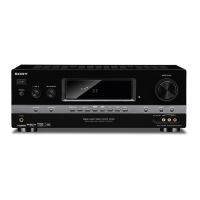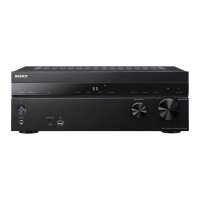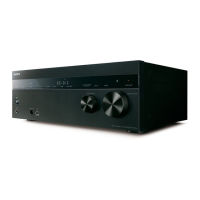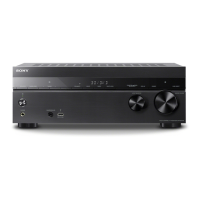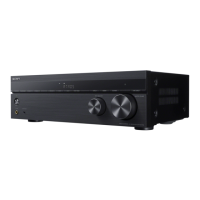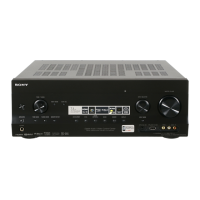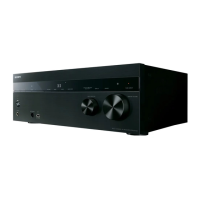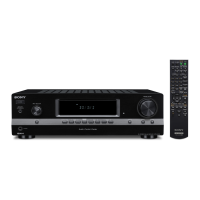Why is there no sound on my Sony STR-DH710?
- Sscott91Nov 22, 2025
If you are experiencing a lack of sound from your Sony Receiver, or the sound is very low, consider the following: - Ensure speakers and components are correctly and securely connected. - Verify all speaker cords are properly connected. - Confirm both the receiver and all components are powered on. - Check that the MASTER VOLUME is not set to 'VOL MIN'. - Ensure the SPEAKERS setting is not set to 'SPK OFF'. - Make sure headphones are not connected to the receiver or S-AIR surround amplifier. - Press MUTING on the remote to disable the muting function. - Verify the correct component is selected using the input buttons. If none of these steps resolve the issue, the protective device on the receiver may have been activated. In this case, turn off the receiver, address any short-circuit prob...
